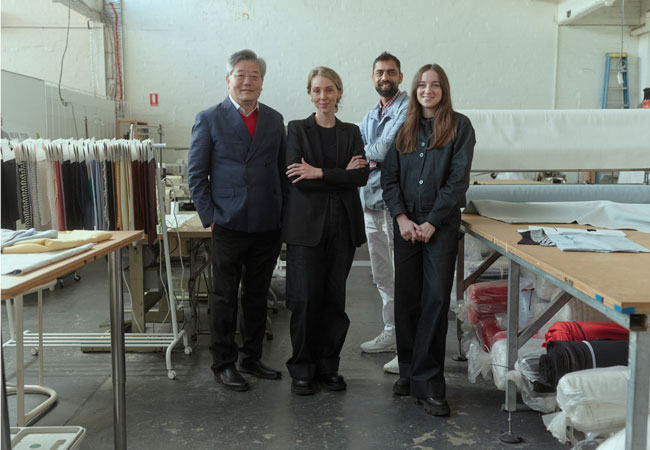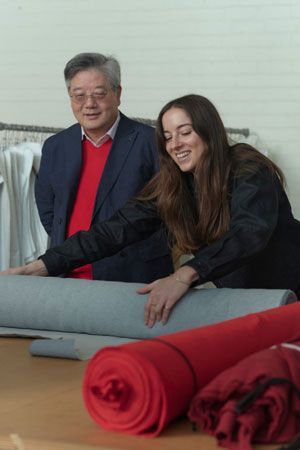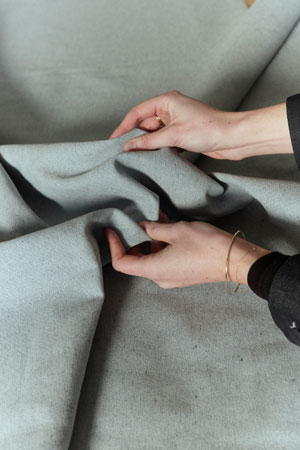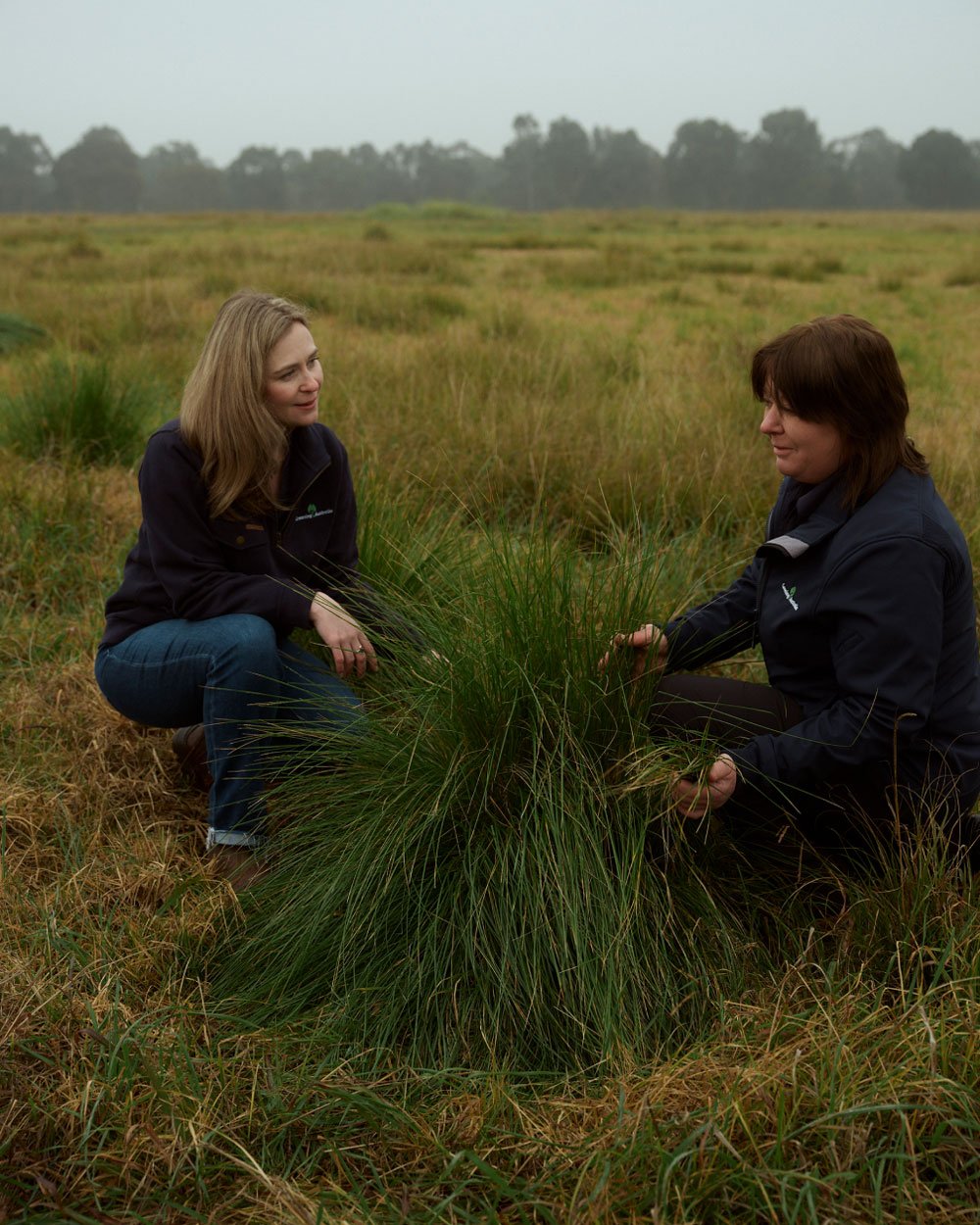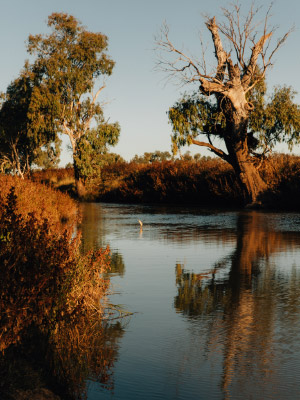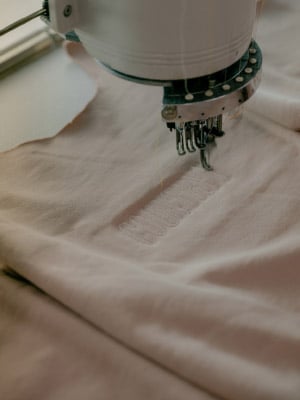Our Stories
Climate Fund: Discover the Projects shaping Australia's Fashion Future
Meet the Climate Fund's 2024 grant recipients:
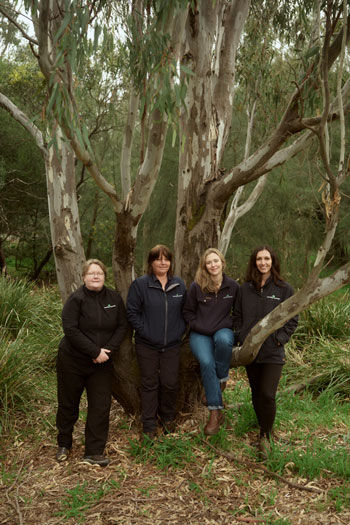 Greening Australia
Greening Australia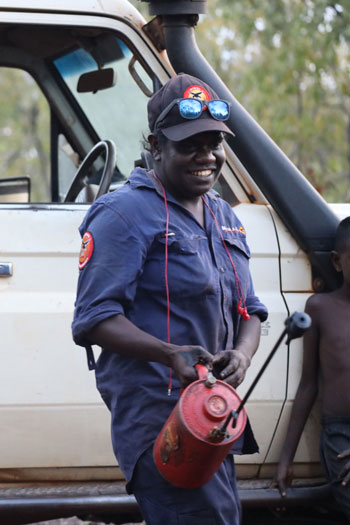 Mimal Women Rangers
Mimal Women Rangers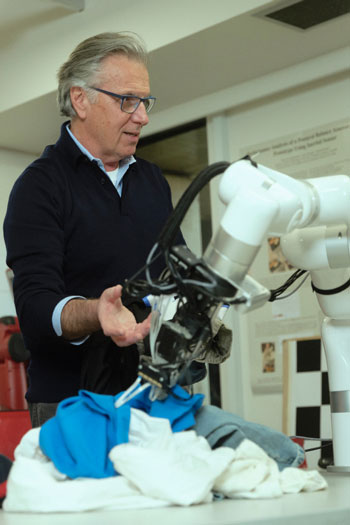 RediRobots
RediRobots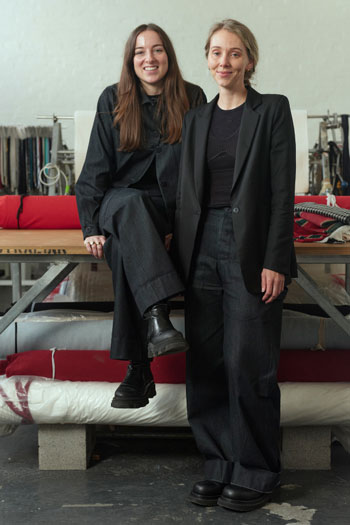 A.BCH
A.BCHLaunched in 2022, the Country Road Climate Fund aims to support grassroots projects that mitigate climate change and build climate resilience.
Here, we meet the Climate Fund's four grant recipients for 2024 and discover their climate solutions for Australia's fashion industry.
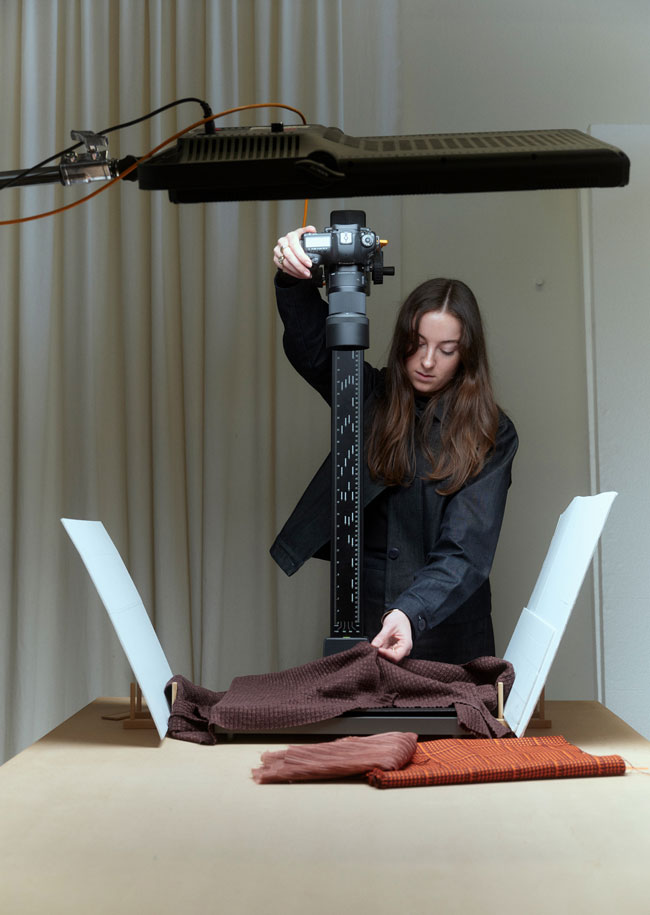
GREENING AUSTRALIA
Improving biodiversity on
Tasmanian Merino wool farms
Located in eastern Tasmania, the Midlands is one of Australia's 15 biodiversity hotspots—an area with a high number of native species that are facing habitat loss. Renowned for its wool production, the area is mostly made up of grassland, however it has been heavily grazed and cleared of native habitat for agricultural purposes. Although inherently one of the driest landscapes in Tasmania, it now faces increased pressure from frequent and severe droughts due to climate change.
With the help of a $200,000 grant from the Climate Fund, Greening Australia will partner with a Merino wool farming family in the Midlands to plant approximately 30,000 native plants.
Kate Smith, Greening Australia's executive director engagement, says planting to create windbreaks and corridors of vegetation will connect fragmented native habitats. This allows isolated populations of threatened wildlife to interact, improving genetic diversity and boosting their ability to adapt in the face of climate change.
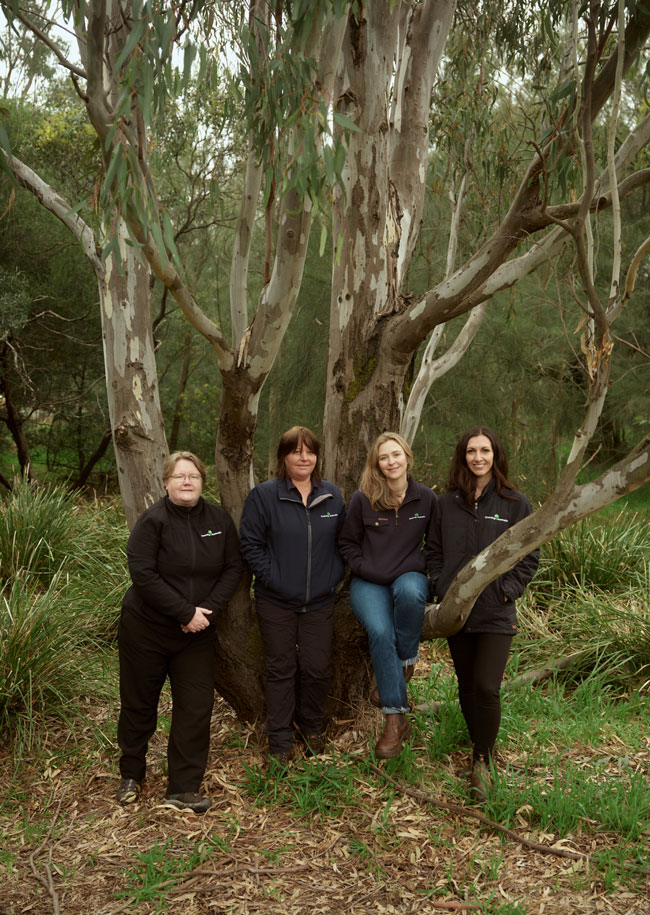
Because Tasmania is Australia's last refuge for many threatened animals—species that are now virtually extinct on the mainland—increasing restoration in the Tasmanian Midlands region supports connectivity across the landscape for these species. Ultimately, we want to see our restoration work help both people and our natural environment thrive.—Kate Smith, executive director engagement, Greening Australia
“Aside from the great environmental outcomes, what's exciting is the opportunity to work with Country Road
and local Merino wool farmers, showcasing that farming and environmental restoration can work hand-in-hand.”
Shot on Wurundjeri and Bunurong Country
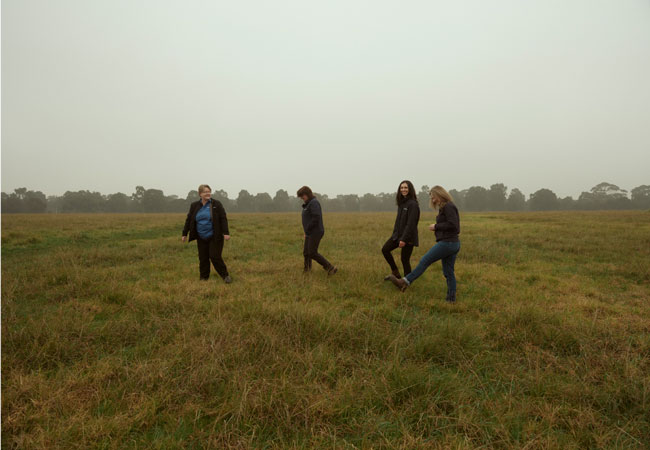
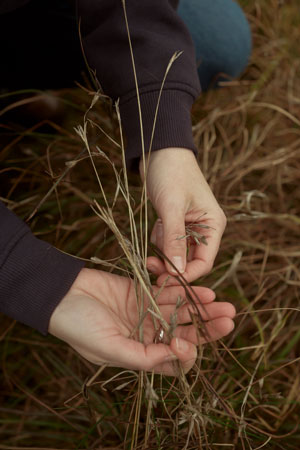
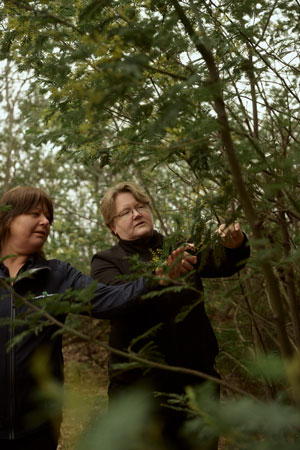
MIMAL WOMEN RANGERS
Connecting First Nations rangers to
the creative arts industry
Located on over 20,000km² in Central Arnhem Land, the Mimal Land Management area is on the Traditional Country of the Dalabon, Rembarrnga and Mayili people. Comprising landscapes from rock country to woodlands and grassy plains, the region and its wildlife—including nine threatened species—is cared for by Traditional Custodians including Mimal Women Rangers and Elders. Many of the women rangers and Elders are also expert weavers and are culturally responsible for passing this traditional practice down to the younger generations.
The Climate Fund grant of $51,400 will support Mimal Women Rangers to access three sacred sites within the Mimal Land Management area and strengthen their connection with Djilpin Arts—their closest art centre.
Dominic Nicholls, Mimal Land Management Aboriginal Corporation’s CEO, says that for the women, caring for Country and creating woven items are complementary activities—traversing the landscape to source pandanus and plants for dyestuffs allows them to monitor the threat of bushfire, conduct cool burns at the appropriate timing and keep an eye on wildlife.
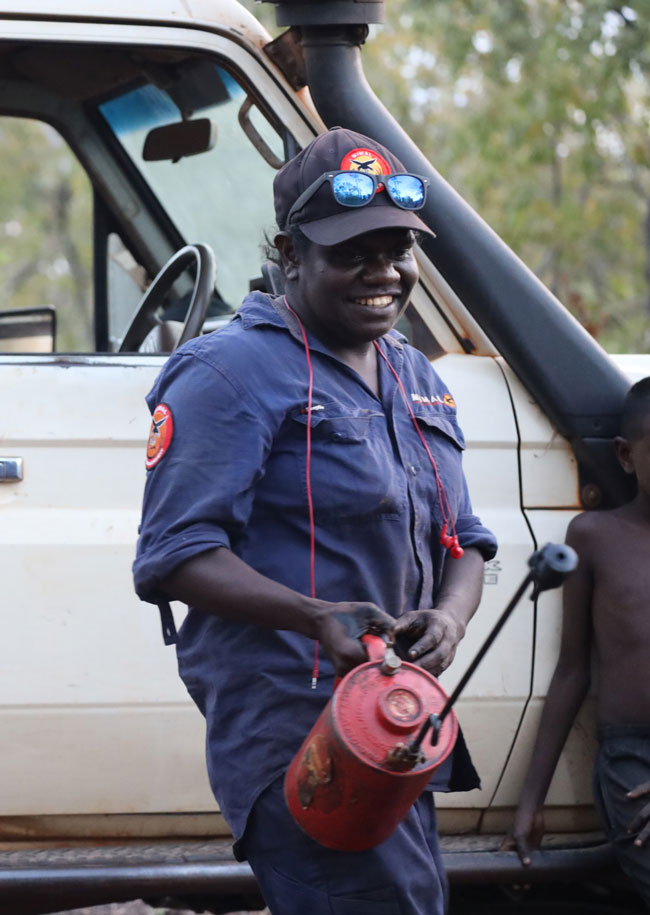
Mimal's long-term goal is to sustain the relationship with Djilpin Arts beyond the grant period so that women from the Bulman–Weemol communities have consistent access to the regional fashion and arts economy.—Dominic Nicholls, CEO, Mimal Land Management Aboriginal Corporation
In addition, funding will enable students from the local school to take part in a harvesting trip with the Mimal Women Rangers as part of the Learning on Country Program. This will ensure that younger generations gain exposure to the complexity and value of the weaving practice and understand how intimately the practice is entwined with caring for Traditional Lands.
Shot on Dalabon, Rembarrnga and Mayili Country
Images courtesy of Mimal Women Rangers
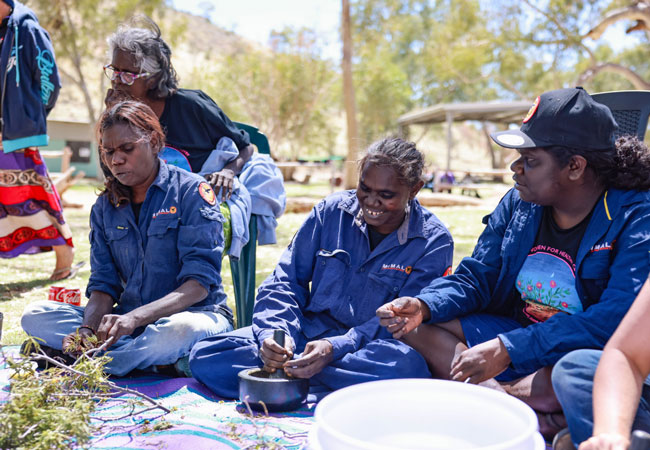
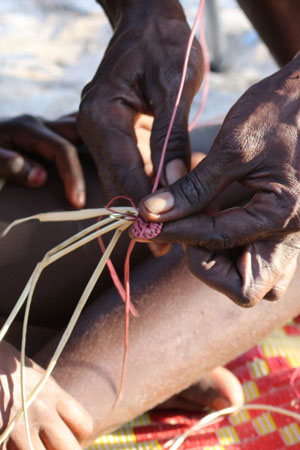
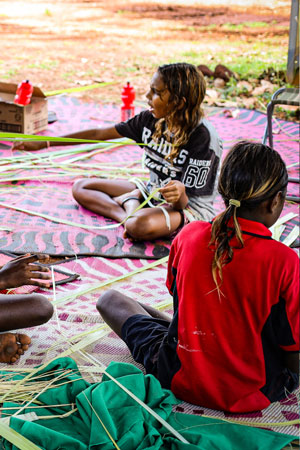
REDIROBOTS
Sorting and transforming used
textiles into a valuable resource
According to Seamless, Australians throw away 200,000 tonnes of clothing every year, or 575 tonnes a day. Many of the items that are currently thrown away could be recycled, however the industry faces barriers such as lack of on-shore infrastructure. For example, one of the crucial steps in textile recycling is sorting items depending on colour and garment type. The labour and hygiene issues involved in this process have, until now, made this particular process extremely challenging.
RediRobots, in collaboration with Textile Recyclers Australia and the University of Canberra, is tackling this issue with technology that automates sorting of all items—including undergarments. With the support of $30,000 from the Climate Fund grant, RediRobots will deploy an advanced robotic arm at Textile Recyclers Australia to test the system within a working facility. David Hinwood, RediRobots’ director, is excited about the potential to scale this new technology and the positive impact it could have on the fashion industry—and the environment.
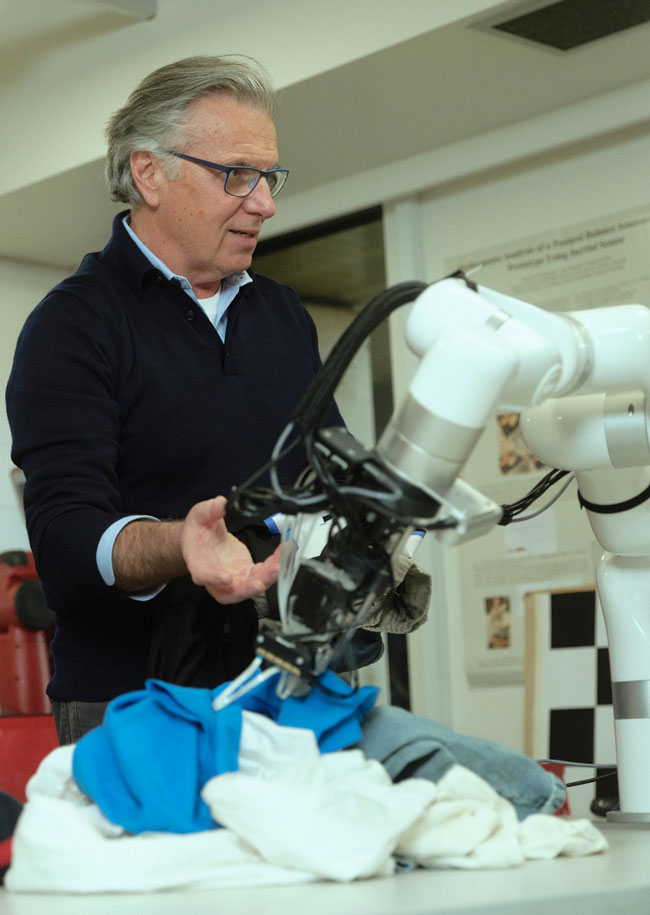
By integrating our technology into existing recycling facilities, we aim to set a new standard in garment end-of-life processing, transforming the face of the Australian fashion industry towards more sustainable practices.—David Hinwood, director, RediRobots
Shot on Ngunnawal Country
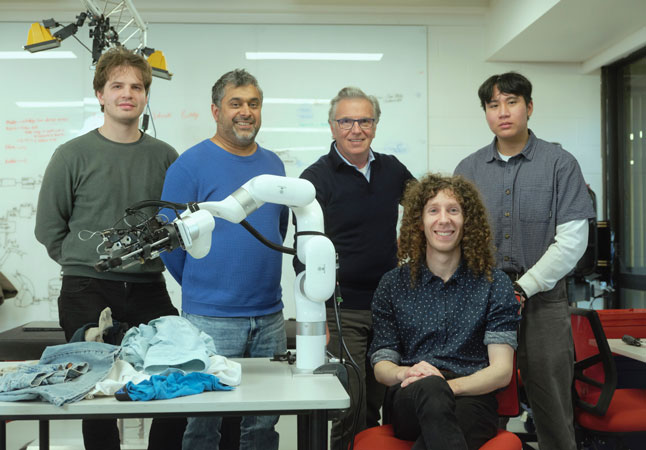
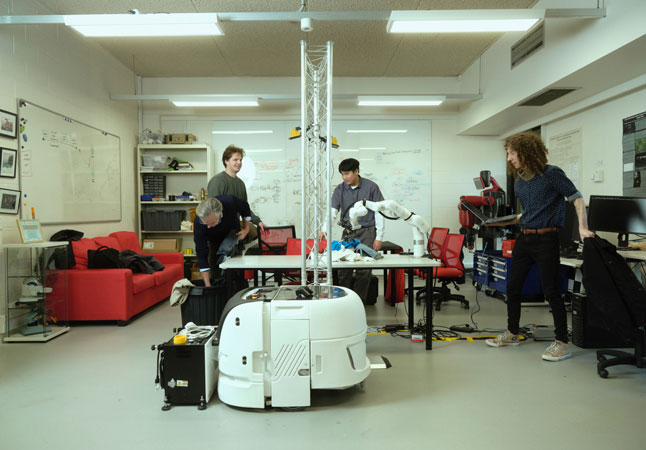
A.BCH
Connecting fashion designers with
quality surplus material
In the creation of fashion collections, brands are often left with excess fabrics. The surplus material generally ends up as ‘deadstock' and is stored in warehouses until a use is found for it. Frequently, it is thrown into landfill, adding to the hundreds of tonnes of textiles that are destroyed every year.
Circular design firm A.BCH aims to change this through Circular Sourcing, a digital platform for finding and selling quality surplus materials. Key to the project is working with the next generation of fashion designers to encourage incorporating existing fabrics into their collections. This will be achieved in part through a designer toolkit known as the Circular Sourcing Surplus Guide, which will be open-source published to benefit the entire industry. Funded in part by the Climate Fund grant of $139,700, the guide will include an impact calculator which will allow users to measure and report on the greenhouse gases, water and waste savings generated through their usage of surplus compared with commissioning new materials.
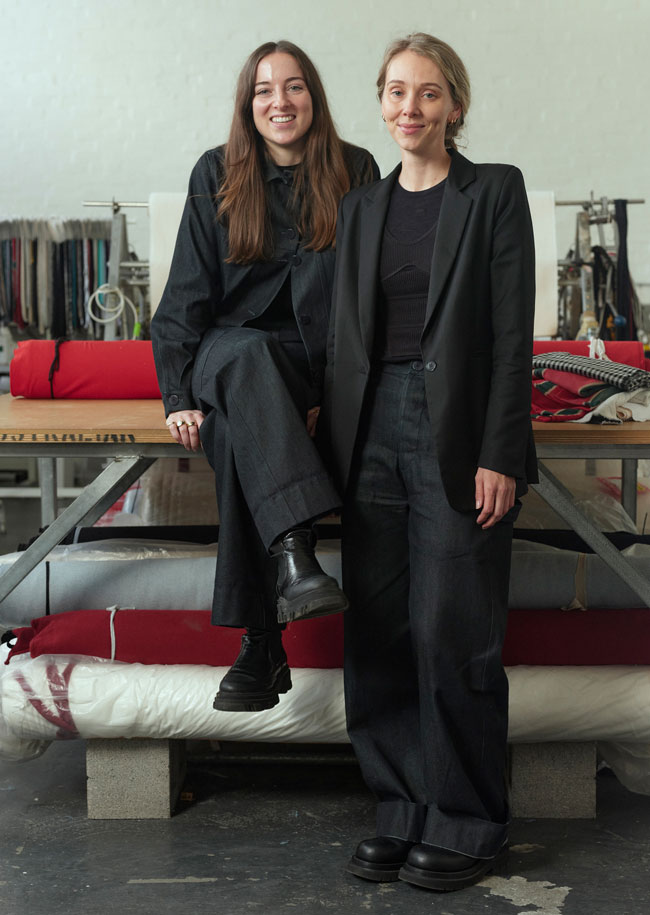
Partnering with Country Road through the Climate Fund gives us an opportunity to begin right away on a project that otherwise might have taken years to fund and develop. It's our goal that we can collectively shift the way we design from linear to circular so that all clothing and textiles created today can continue to be utilised as valuable resources into the future.—Courtney Holm, director, A.BCH
Shot on Wurundjeri and Bunurong Country
